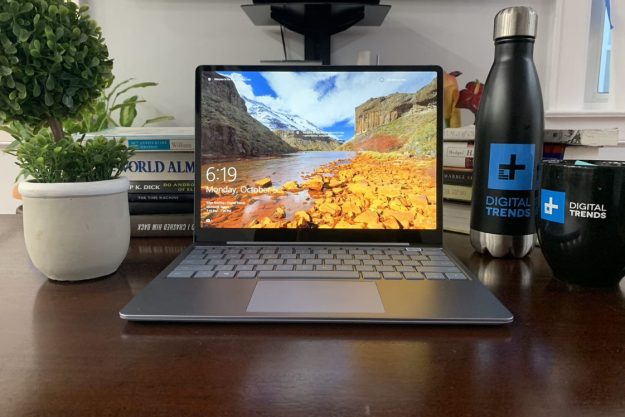A “Windows Feature Experience Pack” that is automatically installed on PCs when they are upgraded to the Windows 10 May 2020 Update has led some to believe that Microsoft might be making Windows 10 a bit more modular.
Found by checking the System and About section of Windows 10 settings, this Windows Feature Experience Pack could be Microsoft’s way of updating Windows at a quicker pace. As the Windows Feature Experience is listed in the Microsoft Store, the company might possibly also be considering updating the user interface and other Windows features in a similar method to app downloads, according to the well-respected Microsoft analyst Mary Jo Foley. That would be a change from the current situation, where major Windows features are introduced through Windows Updates.
Asked about the Windows Feature Experience Pack, Microsoft provided an official response, saying “Microsoft has nothing to share.” The company did not explain any other details or reasoning as to why Windows users are seeing this installed on their PCs.

Foley did discover that the Windows Feature Experience Pack is listed among Microsoft’s “Features On-Demand,” which means it should not be uninstalled from Windows as it “includes features critical to Windows functionality.” She also added that a few Windows 10 features, including the updated Snipping tool, an updated text input panel, and an updated shell suggestion user interface, are currently in the pack, and more could be on the way soon. “I’d expect, over time, that there will be more and more Windows 10 shell components added to the Experience Pack,” said Foley in the report.
There’s still a lot of room for speculation as to the true purpose of this Windows Feature Experience Pack. With Windows 10X being confirmed for single-screen devices, this could be Microsoft’s way of beta testing features of the operating system with the Windows Insider Program. Such rumors are not new, as the pack itself has been around since December 2019. There’s even a similar one for Windows 10X.
There also was a recent shake-up at Microsoft, which put Surface hardware chief Panos Panay in charge of a division known as “Windows + Devices.” This could be the work of Panay, in a further push to unite Windows with the hardware sometime in the future.
Editors' Recommendations
- Windows 11 might nag you about AI requirements soon
- You’re going to hate the latest change to Windows 11
- The most common Windows 11 problems and how to fix them
- Microsoft finds a sneaky way to slip more ads into Windows
- Microsoft announces a new threat to push people to Windows 11


